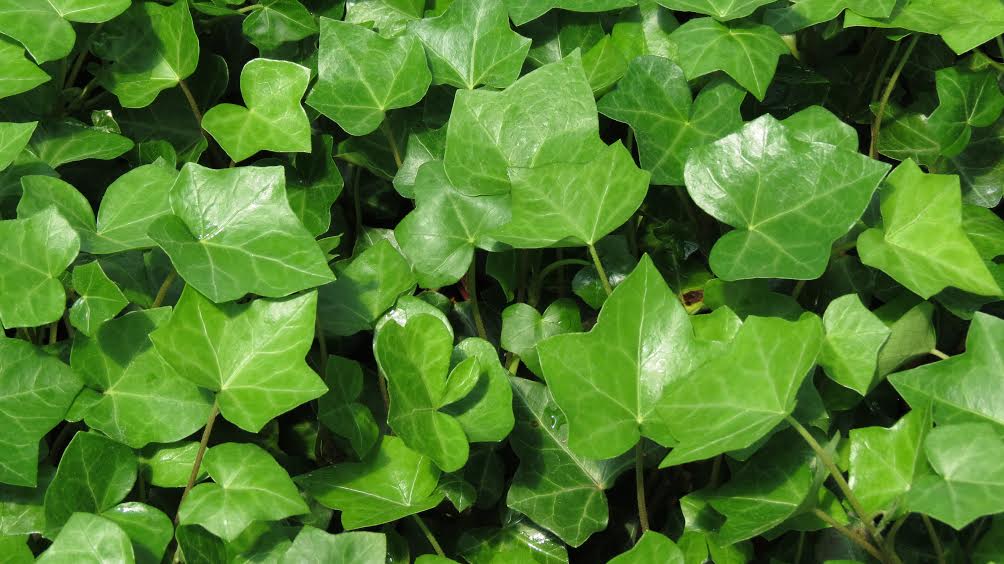There’s no doubt that ivy growing around a tree trunk looks attractive, but is it harmful for the tree and if so, why? Our tree surgeons look into this below.
It’s true that in some countries ivy can be harmful, however in the UK, in the majority of circumstances ivy poses no threat at all.
In the US for example, a lot of the ivy that grows there isn’t native, often being English or Irish ivy. Because the trees aren’t accustomed to ivy, it can cause problems, such as reducing tree stability and adding a considerable amount of weight and wind resistance.
Because the majority of the ivy here in the UK is native, our trees are more than capable of thriving alongside it, however there are a few things you need to look out for:
- If ivy completely covers a tree it can disguise or hide any structural issues or damage to the tree. It’s therefore a good idea to cut back parts of the ivy every so often to check that underneath the tree is still looking healthy.
- Although it’s rare, like in the US it can cause structural issues if the ivy has grown really thick and particularly so if it’s climbing up an old tree. Again, if this is the case there’s no need to remove all of the ivy, but instead trim it back.

The Pros of Ivy
Now we’ve established that ivy isn’t a threat in the UK, we thought we would cover some of the benefits it brings. Other than it adding a touch of greenery all year round (even when your trees have lost their leaves) it provides the following benefits:
It’s a nectar source
In the late Autumn ivy produces nectar for a range of insects, such as butterflies, bumblebees and wasps. It produces small flowers when many other pollinating plants have finished, so can be of great benefit for the surrounding wildlife.
It’s a food source
Many types of ivy produce berries, and much like with the nectar, these come about later in the year, when a lot of other food sources have finished. Ivy berries are particularly popular with birds, such as pigeons, blackbirds and thrushes.
It provides shelter
If you’ve ever lifted up some ivy you will have found all sorts of insects living underneath it, as it’s a great hiding spot, as well as providing shelter from the sun or rain. Wildlife such as birds of mice also use ivy as a roosting, nesting or hibernating spot, so if always take care if you are cutting it back.
In addition to all these pros, did we mention it looks great and is extremely fast growing. Aside from trees, here are some other places where you can train ivy:
- Up lampposts or telegraph poles – this can add a striking amount of greenery to a street, especially if there are a lack of trees.
- Around trellises – if you have a trellis that you’re wanting to completely cover in a short amount of time then ivy is your best bet. In the summer months you can then train more brightly covered plants to grow alongside it.
So whether you love it or hate, ivy has many more benefits than just looking good. Just remember to keep your eye on it and if in doubt, contact one of our tree surgeons.
